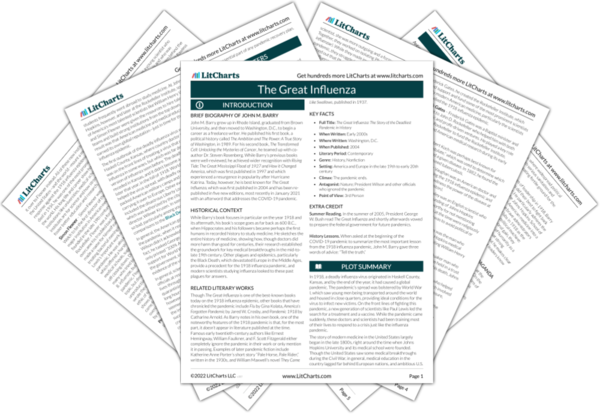This passage captures the extent to which the 1918 pandemic interrupted daily life, beyond just the mortality and infection rates. While the death rates were horrifyingly high, there were other, sometimes unexpected consequences to the widespread illness and death, like the shortage of grave diggers and the breakdown of social services.
